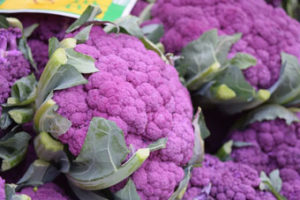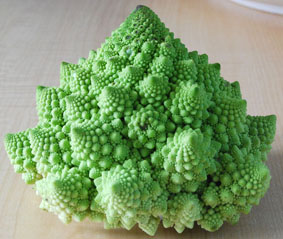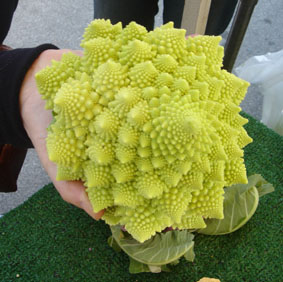 Cauliflower – it’s better than you think
Cauliflower – it’s better than you think
We decided to write about cauliflower in this post because:
- it’s permitted on the Strictly Low Histamine Diet
- it’s one of the vegetables that’s so easy to hate if it’s prepared wrongly
- it’s good for you
- lately, people have been coming up with inventive ways to make it actually delicious.
- it’s very low in Calories, which is useful for people who want to lose weight
Wikipedia tells us that cauliflower (Brassica oleracea) originated in the Northeast Mediterranean. “Cauliflower is an annual plant that reproduces by seed. Typically, only the head is eaten – the edible white flesh sometimes called “curd” (similar appearance to cheese curd).”
There are four major groups of cauliflower:
- Italian, which includes white, Romanesco, various brown, green, purple, and yellow cultivars. This type is the ancestral form from which the others were derived.
- Northern European annuals, which include Erfurt and Snowball.
- Northwest European biennial, which include Angers and Roscoff.
- Asian, a tropical type used in China and India. It includes Early Benaras and Early Patna.
 Did you know that there are hundreds of historic and current commercial varieties of cauliflower used around the world? Or that cauliflower comes in colors other than creamy white? The other colors of cauliflower include:
Did you know that there are hundreds of historic and current commercial varieties of cauliflower used around the world? Or that cauliflower comes in colors other than creamy white? The other colors of cauliflower include:
- Orange, whose beautiful color is provided by beta-carotene, a provitamin A compound. Cultivars include ‘Cheddar’ and ‘Orange Bouquet’.
- Green, which is also known as “broccoflower”. This comes in the normal cloud-shaped head (curd) or in a fractal spiral curd called “Romanesco Broccoli”. Varieties of the cloud-shaped green cauliflower include ‘Alverda’, ‘Green Goddess’ and ‘Vorda’. Romanesco varieties include ‘Minaret’ and ‘Veronica’.
- Purple, whose stunning color is given to it by anthocyanins, plant pigments that are found in other plants, including red cabbage, red plums and red grapes. Varieties include ‘Graffiti’ and ‘Purple Cape’.
How to keep the Nutrients in Cauliflower
Cauliflower heads can be roasted, boiled, fried, steamed, pickled, or eaten raw. According to Wikipedia, “Boiling reduces the levels of cauliflower compounds, with losses of 20–30% after five minutes, 40–50% after ten minutes, and 75% after thirty minutes.” However, other preparation methods, such as steaming, microwaving, and stir frying, have no significant effect on the compounds.”
 Wonderful Ways with Cauliflower
Wonderful Ways with Cauliflower
Maybe your Mom always used to serve up cauliflower looking like a white, watery, blob on the plate, but these days there are a lot of great ways to use this versatile food, such as
- cauliflower “rice”
- cauliflower”steaks”
- vegan “cauliflower cheese”
- creamy, savory cauliflower whip
- cauliflower salad
- cauliflower soup
- roasted cauliflower
- cauliflower dip
- mashed cauliflower
- white sauce made out of cauliflower
- and even cauliflower chocolate pudding!
There are loads of ideas on the internet – just type “cauliflower recipes” into your search engine. Make sure you check the other ingredients and if there’s anything histamine-unfriendly in there, either leave it out or substitute a similar, histamine-friendly ingredient.



